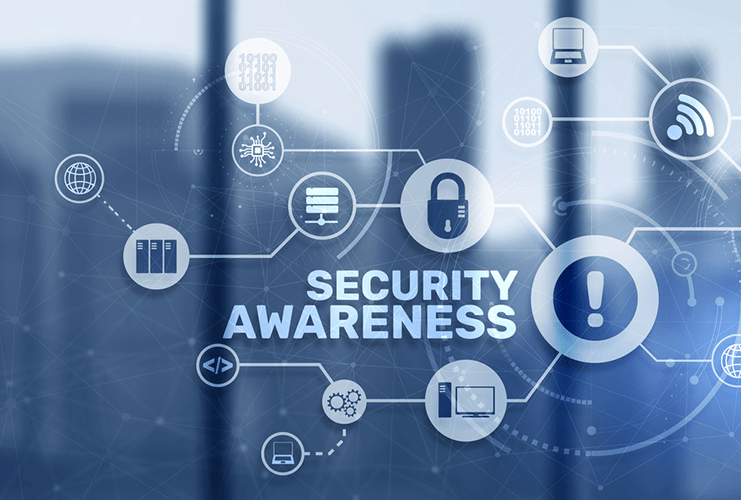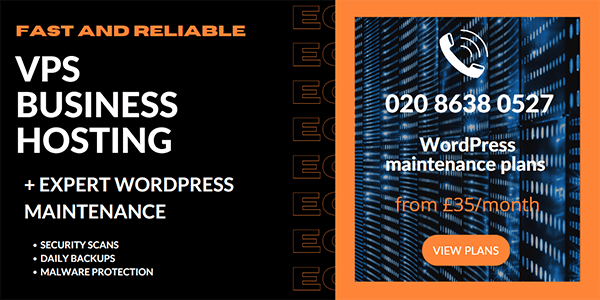19 Feb How the WordPress Websites Get Hacked and What to Do if Your Website is Compromised
Although all websites on the internet are vulnerable to hacking attempts, WordPress sites are the most common targets due to the high popularity of the platform. Read on to learn about some of the common ways these sites get hacked as well as how to prevent this from happening.
How to Identify Spam
Spam is one of the primary indicators of a hacked website, that’s why it is important to learn what it is and determine whether your WordPress website has been hacked. After gaining access to the website, spammers flood the site’s file structure or database with hundreds of hyperlinks to the spammy sites that they want to promote. It is a common strategy known as blackhat SEO. The purpose of this is to increase the number of links to intended websites to boost their search engine ranking.
The most common items and/or services spammers typically market include the following:
• Pharmaceuticals
• Products featuring a fake brand name
• Hacked software
TIP: To identify the spam, run the following search site:www.yoursite.com. If the search results are showing pages with these kind of keywords, then it is likely that your website has been infected.
Integrations with Third-Parties
Plugins and themes are another common way to hack a website. Many website owners download plugins and themes without verifying the source. By downloading plugins or themes from untrustworthy sites, they basically allow spammy content to be posted on their WordPress website without even realising it.
The good news is that this is very easy to prevent. All you need to do is make sure that the themes and plugins you are downloading are from a legitimate source. Avoid downloading any plugins or themes that have been abandoned. It would also be a good idea to replace your existing plugins with something that’s better maintained.
Login Access
Login area of a website is another primary target for hacking. Many people think that protecting their site from Brute Force is enough to prevent hacking attempts. However, this isn’t the only way to gain access to a system. There are many other phishing techniques, e.g. social engineering, cross-site scripting (XSS), additional keyloggers, man in the middle (MITM) attacks, and more.
The first step to ensure security is to identify how you log into your host, computer, server and email. Pay special attention to where your credentials are kept. Maybe you use note-taking app to store them without realizing that it isn’t encrypted. Or perhaps the password you use is pretty basic and easy to remember.
Using a password manager is an excellent way to protect your credentials. When using one, be sure to enable Multi-Factor Authentication (MFA) to make it as safe as possible.
Software, Themes, and Plugin Vulnerabilities
Software, addons, plugins, and themes enhance a website but they also make it more vulnerable for an attack. The more plugins and themes you have, the more vulnerable your website becomes. To ensure security, you will have to rely on security updates and patches. However, even then it’s not possible to achieve 100% security.
Hackers use SQL injections or a plugin installed on your website to gain elevated access. While having your plugins up-to-date with security patches helps, it is recommended that you keep the number of your plugins to a bare minimum to reduce the risk of hacking attempts.
What Should You Do if Your Website Gets Hacked?
The first step is to make sure that your WordPress website has indeed been hacked. You can do this by scanning your site via a free scanning tool, e.g. Site Check scanner. This tool is also helpful for learning whether or not your website is included on any blacklists. The next step is to ask your web developer to check integrity of the files and learn whether they have been tampered with. If there are any changes, check the date and fdind out who implemented them.
Once it is confirmed that your WordPress website is indeed compromised, you should clean infected files and database tables as well as remove any other harmful material.
Only a site administrator can remove infection from your website files. They can do this by logging into your server via SSH or SFTP. After the cleanup, you can expect your site to become unavailable or look damaged. Some site administrators display the “maintenance mode” banner when performing a clean-up. Your site admin may use your earlier, clean backups to identify and remove malicious code.
The actual process of cleaning up a website is very technical and complex. The site administrator will need to ensure there are no hidden backdoors that hackers typically use to regain access to the website. Such backdoors must be removed to prevent reinfection.
Once the site’s file structure and database have been cleaned, it is critical to remove any unknown users in case they were created by the hacker. A recommended practice here is to assign only one user the administrator capabilities while setting all other user roles to the lowest privileges.
If you don’t have enough time to perform manual malware cleaning or the method is too complex and technical for you, consider hiring a professional for this job.
Getting Rid of Malware Alerts
In case of an infection, your website will be put on a blacklist. Don’t forget to manually request for removal from that list once you have cleaned up the site. In certain cases, you may be suspended from your hosting provider. In such a scenario, it is recommended that you contact the hosting provider and explain to them how you got rid of the malware. It would also be a good idea to ask your site admin to send a review request form for each blacklist authority. The typical response time is 24-72 hours. Once you have submitted all your requests, you will need to wait. In the meantime, you should put certain post-hack prevention procedures in place so that your WordPress website doesn’t get infected again.
How to Keep WordPress Websites Safe in the Future
Your WordPress website’s security should be your top priority. As a site owner, it is your responsibility to minimise security risks and replace anything that’s outdated, because out-of-date and unsecured themes, plugins, etc. are prime targets for hackers.
Next, make sure that all your passwords are strong enough. To ensure maximum security, use Principle of Minimal Privilege with all your user accounts.
Using a Web Application Firewall (WAF) is also recommended as it reduces the number of access points for attackers. This will help prevent attackers to use themes and plugins to exploit vulnerabilities. Furthermore, it also improves website speed, minimises the effect of Distributed Denial of Service (DDoS) attacks, and prevents successful Brute Force Attacks.
Why Do You Need a WordPress Ongoing Maintenance Plan?
Setting up a WordPress maintenance strategy for your site is crucial. WordPress is a website content management system that organizes website’s programmer’s code and makes it easier to administer and update a site. Without it, you cannot even make basic text edits unless you hire the help of a programmer. The good news is, WordPress is free to use and open source and you can modify as you see fit. There are many reasons why you should set up a Website Maintenance strategy for your website. The four primary reasons include security, backups, performance, and peace of mind.
Conclusion
When it comes to website security, your goal should be to minimize the risks/dangers as much as possible.
Manual cleanups are the primary way to remove infected files and databases. However, it is a very time-consuming task and it can also be very complex if you are not a tech-savvy person. If you are not sure what to do when your website has been hacked, hire a professional. While resolving the issue may take some time, once it’s done, you will have much-needed peace of mind. Not to mention you will also gain a valuable lesson about the importance of website security.
Hopefully, the information above will give you some insight into how to protect your WordPress site and what to do if its compromised.
References:
https://blog.sucuri.net
https://www.cm-alliance.com/cybersecurity-blog
https://www.wordfence.com/blog





